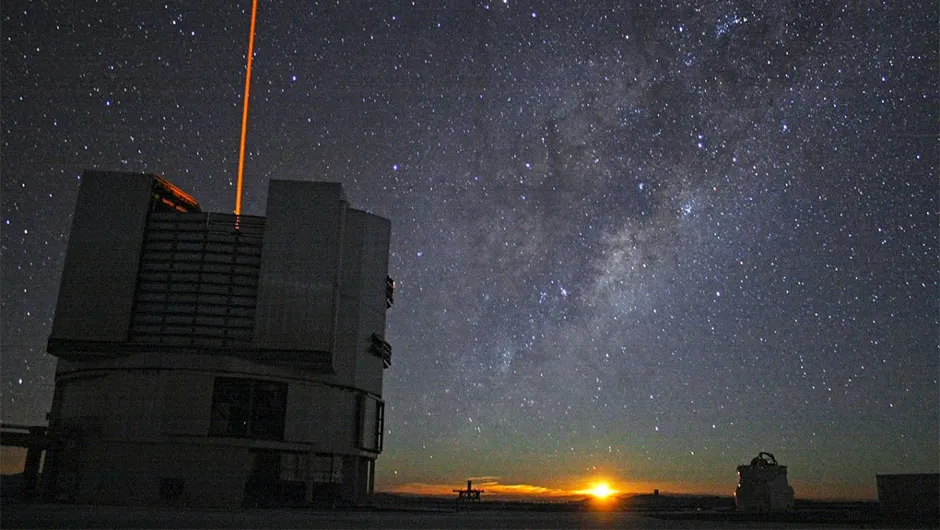Astronomers have found that our Galaxy could house as many as 100 billion brown dwarfs.To detect these fainter objects, scientists used the Adaptive Optics camera NACO at the European Southern Observatory’s Very Large Telescope in Chile, as part of the Substellar Objects in Nearby Clusters (SONYC) survey.
The figure could even be a substantial underestimation due to there being many lower mass and fainter brown dwarfs still to be identified.
Brown dwarfs or ‘failed stars’ are objects with masses too low to support the fusion processes found in the core of the Sun.
Discovered in 1995, scientists realised they were by-products of processes leading to star formation with masses between stars and planets
“It seems that brown dwarfs form in abundance in a variety of star clusters,” says Ray Jayawardhana from York University, Toronto, and part of the research team.
“They are ubiquitous denizens of our Milky Way galaxy.”

Most known brown dwarfs are relatively close to the Sun, within 1,500 lightyears, because by nature they are faint and thus harder to observe at larger distances.
In 2006 the team began a new search for brown dwarfs in nearby star clusters.
They found an approximate ratio of one brown dwarf to every two stars in clusters such as NGC 1333, 1,000 lightyears away, indicating a higher number of brown dwarfs than expected.
Recent observations have turned to more distant clusters and those with more massive stars, characteristic of the environment most stars are formed in.
The RCW 38 cluster, situated 5,500 lightyears away, was an example explored and showed a similar ratio to the nearby, less dense clusters.
The conclusion suggests the environment of where stars form has only small effects on brown dwarf formation.
With evidence suggesting around 100 billion brown dwarfs in our Galaxy, astronomers still have many more to discover.
Aleks Scholz from the University of St Andrews and also part of the research team says:
“We’ve found a lot of brown dwarfs in these clusters.
And whatever the cluster type, the brown dwarfs are really common.
Brown dwarfs form alongside stars in clusters, so our work suggests there are a huge number of brown dwarfs out there.”
